Chromecast vs Apple TV vs Fire Stick vs Roku: Which Is Better for You?(2025)
In our previous article, we have explained the screen mirroring protocols that play a critical role in wireless screen mirroring. In this post we will continue introducing another important role: hardware devices for screen mirroring.
Part 1: What Are Screen Mirroring Devices?
To keep it short, screen mirroring devices are devices that enable you to mirror your screen to another. In most cases, these will be a media streaming device/dongle, which allows you to insert the device into the HDMI input of your smart TV. The common screen mirroring devices include Chromecast, Apple TV box, Amazon Fire TV Stick, and Roku.
With these devices, you can easily mirror your device screen into your TV through the screen mirroring device. Besides, it will give you an interactable UI to access online streaming platforms.
Part 2: Compare the Screen Mirroring Capabilities
The common screen mirroring devices include Chromecast, Apple TV, Roku, and Amazon Fire TV Stick. All these four devices can be inserted into a TV with an HDMI input, so that you can share your device screen to the TV seamlessly.
This part will explain the screen mirroring technology and mirroring compatibility of each device below:
| Features | Chromecast | Apple TV | Amazon Fire TV Stick | Roku |
|---|---|---|---|---|
| Screen Mirroring Technology | Google Cast | AirPlay | Miracast | Miracast or AirPlay |
| Wi-Fi Requirement | Same Wi-Fi network; no peer-to-peer support | Same Wi-Fi; peer-to-peer support | Same Wi-Fi; peer-to-peer support | Same Wi-Fi; peer-to-peer support |
| Latency | Minimal for most content | Very low latency | Vary with network quality | Noticeable lag with non-AirPlay devices |
| Audio Streaming | Included with mirroring | Included with mirroring; supports Dolby Atmos | Included with mirroring | Included with mirroring |
Chromecast
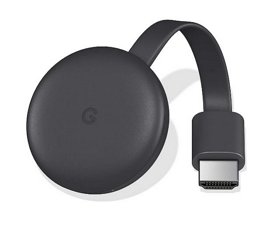
Chromecast is a streaming device developed by Google. It plugs into a TV's HDMI port and allows users to mirror or stream content from phone, tablet, or computer to the TV.
Earlier Chromecast devices didn't support the flexible UI or provide a remote control. And now the recent Chromecast with Google TV include a user interface for running apps directly on TV, and it also includes a Bluetooth remote to control the interface.
Technology explanation: Google Chromecast uses Google Cast protocol, and it requires a Wi-Fi connection. So the devices must be on the same Wi-Fi network. Users need to use the Google Home app to manage and control the interface. But for Android and PC users, you can directly cast your device screen to the Chromecast without Google Home app.
Screen mirroring compatibility: Android, iOS, PC with Chrome browser
Screen mirroring performance: Excellent video quality up to 4K.
Apple TV
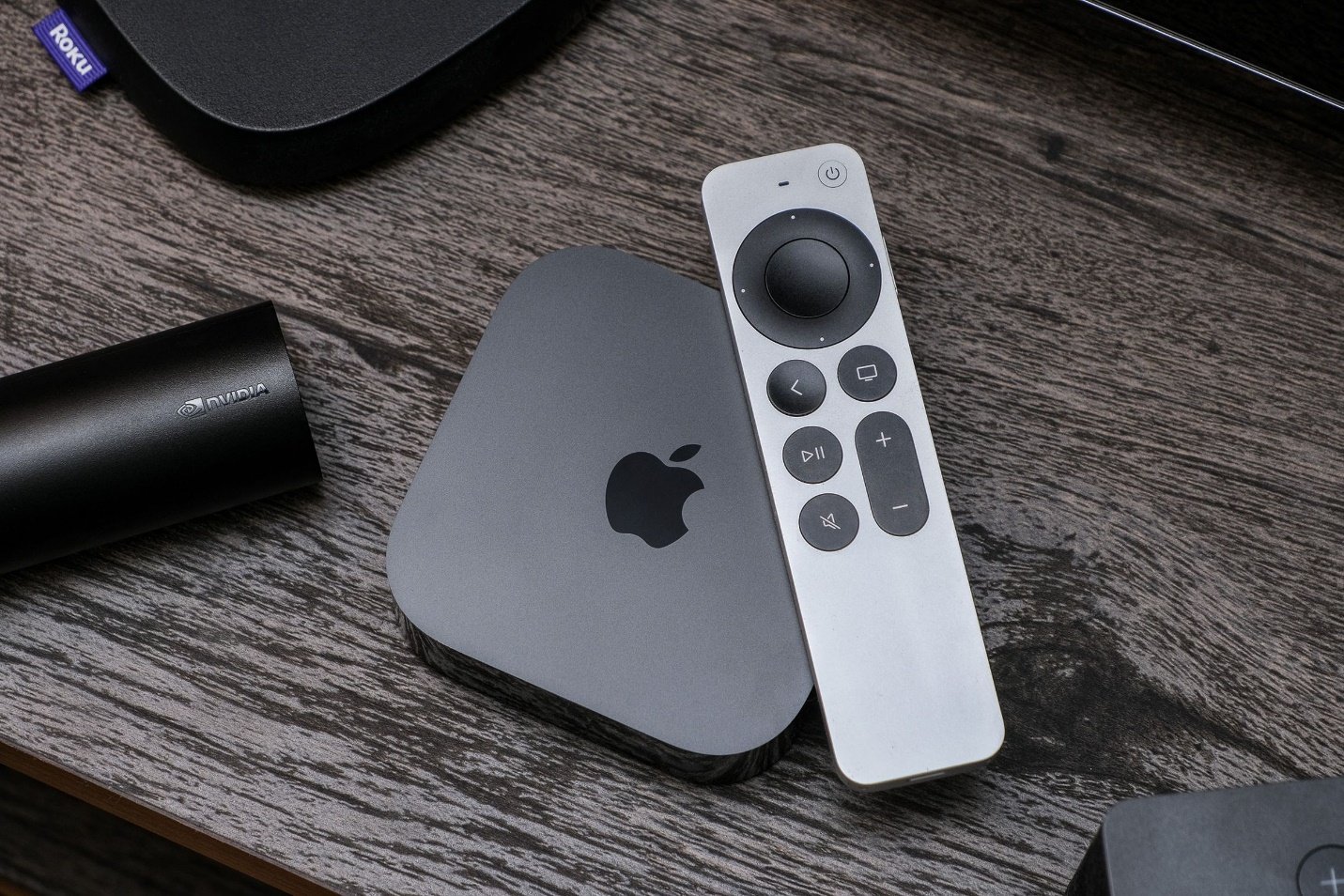
The Apple TV box is a multi-functional streaming device developed by Apple Inc. Generally speaking, it;s a streaming services packaged up with a different UI. The Apple TV box itself doesn't need a subscription, but if you want to view streaming services such as Netflix or Disney plus, you will need a subscription.
Apple's iteration brings a premium and well-designed smart 'box' and Siri Remote, with a touch-enabled click pad and Siri voice control support. Its A15 Bionic chip is powerful, resulting in true-to-life visual fidelity with up to 4K HDR resolutions.
Most people don't know that the Apple TV box can act as a screen mirroring bridge between the TV and the Apple devices (iPhone, iPad, or Mac).
Technology explanation: When screen mirroring, Apple TV box replies on AirPlay technology, which, like Chromecast, requires the sending device and receiving device to be on the same Wi-Fi. It uses a combination of Bonjour, Bluetooth Low Energy, or Peer-to-Peer Discovery to find devices and build connection. it uses TCP/IP protocols to ensure stable data transfer.
Screen mirroring compatibility: Apple devices (iPhone, iPad, and Mac)
Screen mirroring performance: High performance with up to 4K HDR support
Amazon Fire TV Stick
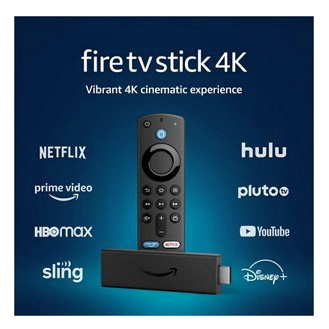
Developed by Amazon, Fire TV Stick seem to have far more capability in terms of resolution and supported video/audio formats.
The FireTV Stick 4K also supports Wi-Fi 6 which helps screen mirroring sessions in particular to minimize lag and increase the resolution to ensure a smooth and clear experience.
Technology explanation: Amazon Fire TV Stick uses Miracast for screen mirroring, meaning that it can build the screen mirroring connection via Wi-Fi or without an internet connection in some cases.
Screen mirroring compatibility: Android devices with Miracast, and Windows devices
Screen mirroring performance: Good quality for 1080p with some lag.
Roku
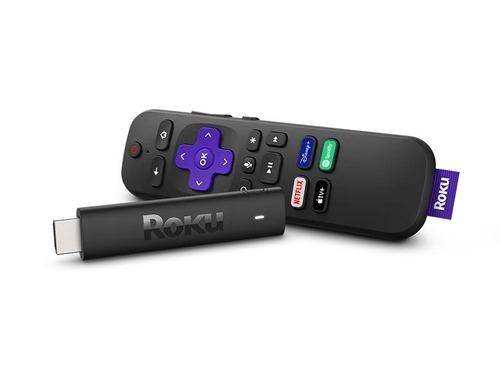
Roku is another formidable opponent in the screen mirroring devices/media streaming player category. Roku focuses on bringing users the most 'user-friendly' experience with an extremely approachable UI design.
Everything is displayed right there for you, and it doesn't overcomplicate its features with complex, never-ending menus or multiple collapsing tabs.
Technology explanation: Some Roku devices use Miracast while some use AirPlay.
Screen mirroring compatibility: Android device with Miracast, Windows PC, iPhone, iPad, Mac.
Screen mirroring performance: After our testing, we found the Roku 4K device didn't always work with the 4K resolution, and it might lower to 1080p or 720p.
Part 3: Compare the Media Streaming Capabilities
These devices can not only help screen mirroring your phone or PC screen to your TV, but also allow you stream media content on your TV. Therefore, it's also crucial to know the streaming capabilities of each device before choosing the right one.
Note: Since these are different series of each brand, for example, Amazon features Fire TV Stick HD, Fire TV Stick 4K, Fire TV Stick 4K Max, so in this article, we will focus on the 4K edition of each brand to have a clear overview.
| Streaming Device | Chromecast (4K) | Apple TV (4K) | Amazon Fire TV Stick (4K) | Roku Stick (4K) |
|---|---|---|---|---|
| Starting Price | $49.99 | $129.00 | $49.99 | $49.99 |
| Resolution | Up to 4K HDR, 60 FPS | Up to 4K HDR, 60 FPS | Up to 4K UHD, 60 FPS | Up to 4K HDR, 60 FPS |
| Processor | Quad-core ARM Cortex-A55 | A15 Bionic | Quad-core 1.7GHz | Quad-core ARM Cortex A55 |
| Dimensions | 6.4 x 2.4 x 0.5 inches | 3.66 x 3.66 x 1.2 inches | 4.25 x 1.18 x 0.55 inches | 3.7 x 0.8 x 0.45 inches |
| Video Formats | Dolby Vision, HDR10, HDR10+, HLG | Dolby Vision, HDR10, HDR10+ | Dolby Vision, HDR10+ | Dolby Vision, HDR10+ |
| Audio Formats | Dolby Digital, Dolby Digital Plus, and Dolby Atmos | Dolby Atmos, Dolby Digital 5.1, Dolby Digital Plus 7.1 | Dolby Atmos, Dolby Digital Plus 7.1, Dolby Digital 5.1 | DTS Digital Surround, Dolby Audio |
Chromecast
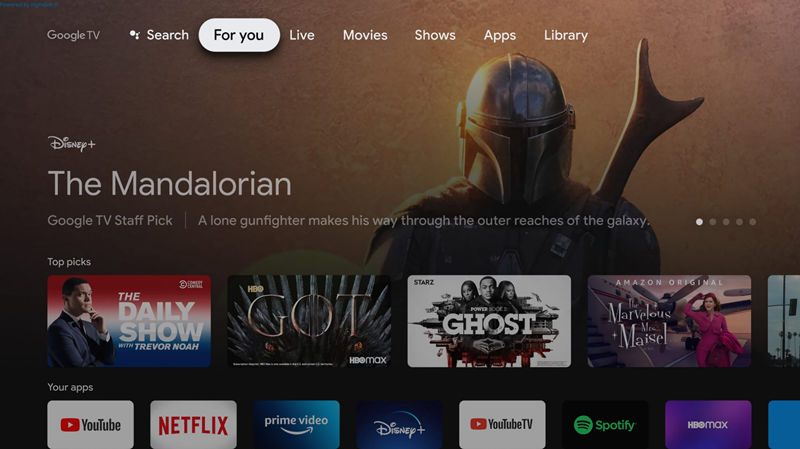
Chromecast includes robust voice control capabilities from Google Assistant, integration with Google's Home app, and personalized recommendations based on viewing habits and your subscribed platforms.
It's got fantastic picture quality with crisp & clear resolutions thanks to Dolby Vision & HDR10+ support, and up to 4K resolutions.
Key Features:
- Casts videos, music, and other content from phones and PCs.
- Hands-free Google Assistant-integrated voice controls.
Picture Quality: Up to 4K HDR at 60 FPS, supports Dolby Vision, HDR10, and HDR10+.
Audio Quality: Dolby Atmos, Dolby Digital, Dolby Digital Plus.
Editor's Verdict: It's a pretty plug-and-play device. I like using it to cast my TV apps from my phone or Chromebook screen when I need an extra screen for working. I will definitely recommend it if you are a Google house.
Apple TV
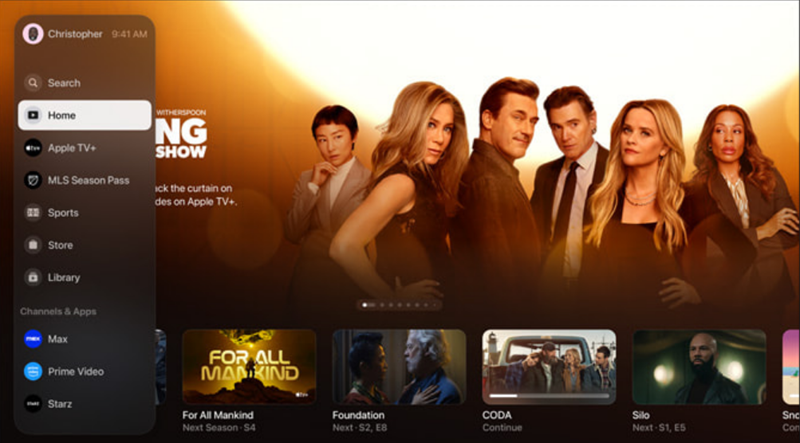
The Apple TV allows users to access a majority of their Apple-specific apps like Apple Music, Apple Fitness+ for home workouts, and even Apple Arcade if they want to play some games.
The Apple TV 4K's UI is top-notch, smooth, and seriously hard to beat when compared to more cluttered UIs on other wireless screen mirroring devices.
While the Apple TV box is surely one of the more 'pricey' options on the list, it has all the hallmarks of a 'premium' and Apple-esque experience in a streaming media device. This is especially powerful when paired with Apple's existing ecosystem, like the iPhone, iPad, or Mac which you can screen mirror from using AirPlay.
Otherwise, if you mainly use Android & Windows devices, one of the other options is more likely a better bang for your buck since Apple TVs only support AirPlay mirroring.
Key Features:
- Powerful & reliable A15 Bionic chip for optimized streaming/gaming.
- Shares Apple TV+ and other subscription with up to 6 family members via Family Sharing.
- Compatible with Bluetooth game controllers for playing games.
Picture Quality: Up to 4K HDR at 60 FPS, supports Dolby Vision, HDR10, and HDR10+.
Audio Quality: Dolby Atmos, Dolby Digital 5.1, Dolby Digital Plus 7.1.
Editor's Verdict: Apple TV 4K provides robust user interface, and I love it when it allows me to control the TV interface and play what I want using Siri. But it's pretty expensive.
Amazon Fire TV Stick
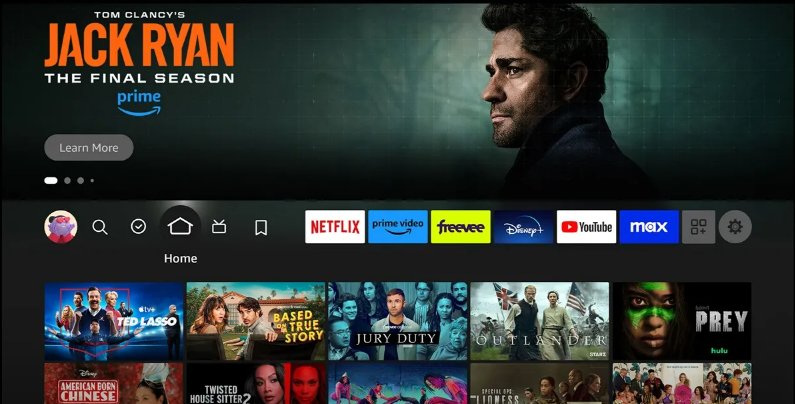
FireTV Stick 4K essentially turns your TV into an Alexa-enabled device which you can use with other Alexa-enabled devices in your smart home environment.
The best part is the FireTV Stick 4K for all it offers, is still among the cheapest options we've mentioned so far.
However, we should mention that FireTV's OS isn't as optimized or 'clean' as Google's or Apple's offerings since you will notice more ads than usual and the UI isn't as pleasant comparatively.
Key Features:
- Alexa-enabled Voice Remote for hands-free and smart home control.
- Ability to install various apps on your TV.
- Allows Picture-to-Picture to keep watching content while browsing other apps.
Picture Quality: Up to 4K UHD HDR at 60FPS
Audio Quality: Dolby Atmos, Dolby Digital Plus 7.1, Dolby Digital 5.1
Editor's Verdict: Amazon Fire TV Stick has a faster processor. Unfortunately, I found some issues between Fire TV and Paramount+ app because the Paramount+ app on Fire TV constantly crashed or froze.
Roku
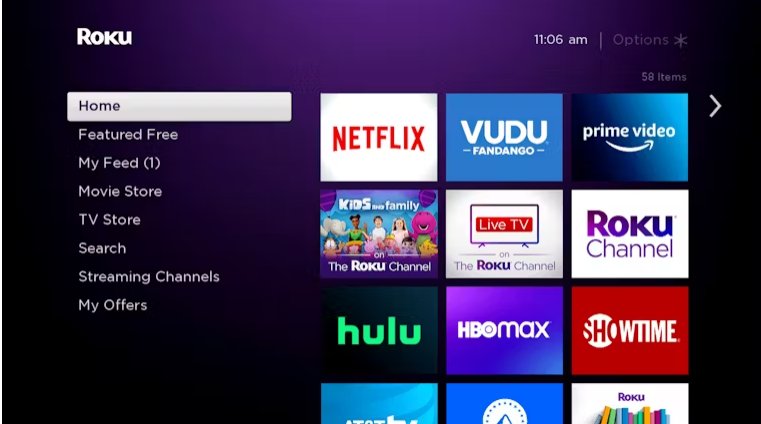
Roku supports most of the popular streaming platforms including Apple TV+, Netflix, Google Prime, MAX, etc., and even has a selection of 'free' TV content to indulge in. You can even access live sports directly from your Roku device.
Besides that though, Roku's sticks and streaming media devices are still well-regarded for their user-friendliness and affordability, you just need to ensure it supports mirroring from your device of choice.
Key Features:
- Includes free TV channels including news, sports, movies, and live content.
- Simple & user-friendly UI design.
- Extensive selection of apps.
Picture Quality: Up to 4K HDR at 60 FPS, supports Dolby Vision and HDR10+.
Audio Quality: DTS Digital Surround, Dolby Audio
Editor's Verdict: Roku has a sleek design and it offers free channels which means that I can watch some videos for free! A big advantage!
Part 4: How to Choose?
Choosing a screen mirroring solution largely depends on the devices you already have and the 'receiving display' you want to mirror to.
For the most part, we'd recommend for home use, an Apple TV or Chromecast is well worth the convenience, especially if you are a heavy user of Apple or Google devices.
For other instances like office meetings or university presentations, try Chromecast because it offers a more flexible control on the interface.
For more demanding uses like gaming or graphically demanding tasks, try Apple TV because it offers a game controller support and integrates some Apple's built-in games.
If you only want a simple, no-frills interface with lots of entertainment options, choose Roku.
Part 5: Summary
In many cases, these 'options' will be flexible so look around and see if you'd prefer the convenience of a wireless connection or require the reliability of a wired solution. Choose the device that aligns with your ecosystem, budget, and specific screen mirroring needs.

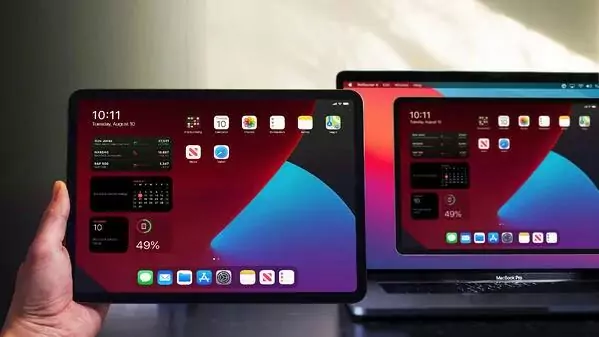





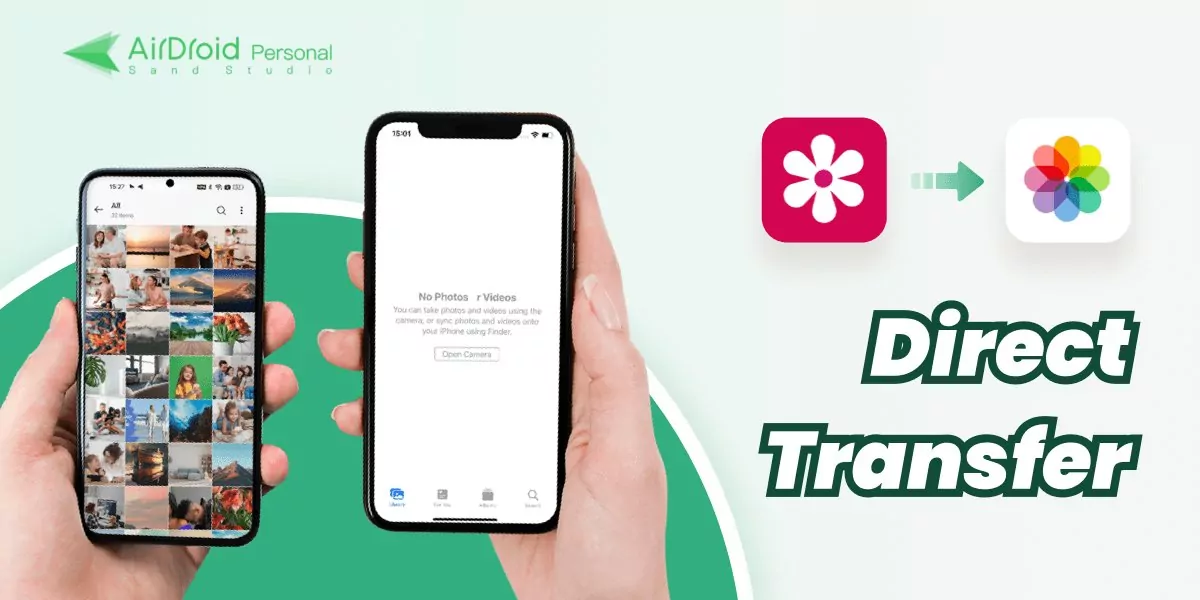

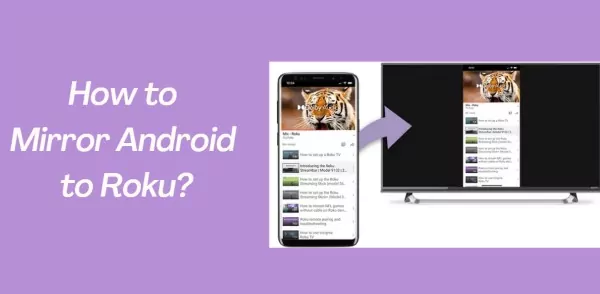

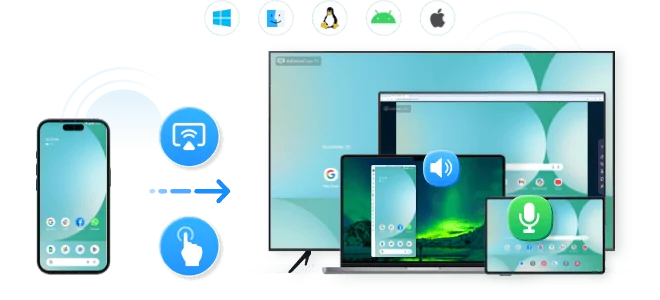
Leave a Reply.